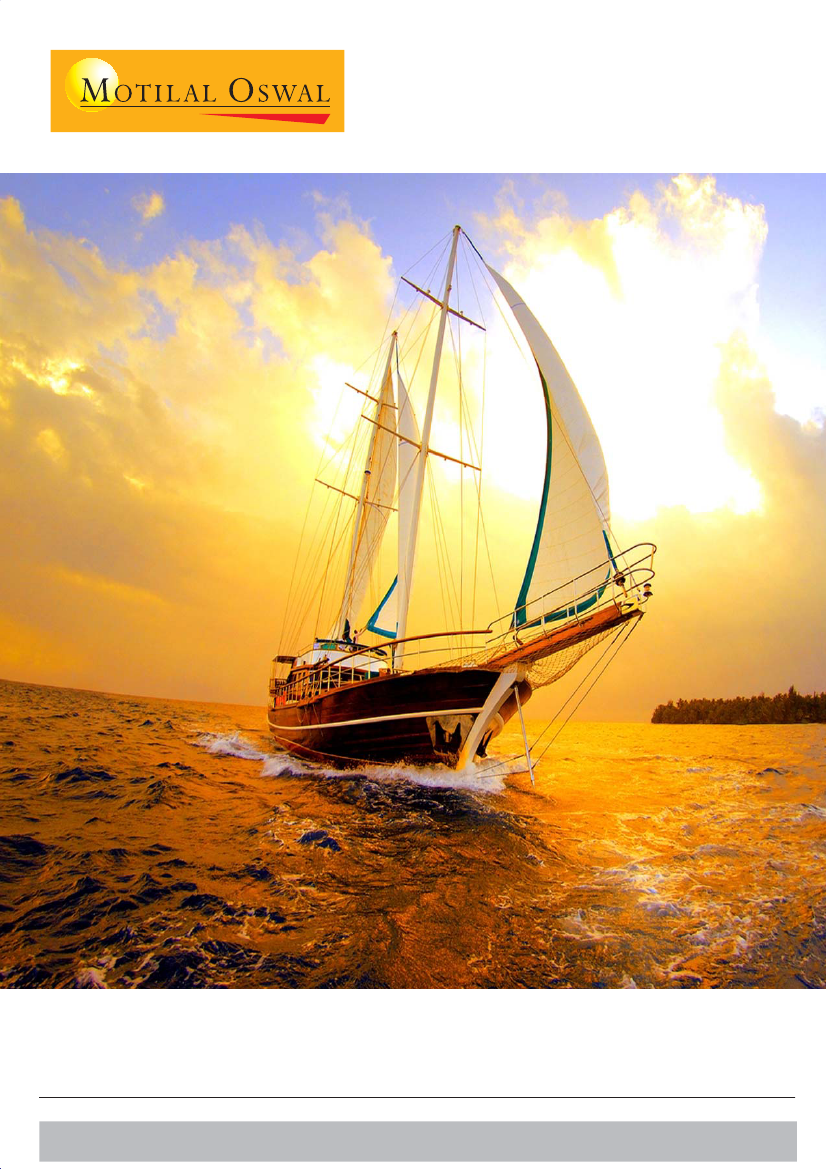
Initiating Coverage | 1
November
2017
Sector: Metals
Rain Industries
Enduring Tailwinds
Sanjay Jain
- Research Analyst
(SanjayJain@MotilalOswal.com); +91 22 6129 1523
Dhruv Muchhal
- Research Analyst
(Dhruv.Muchhal@MotilalOswal.com); +91 22 6129 1549
Investors are advised to refer through important disclosures made at the last page of the Research Report.
Motilal Oswal research is available on www.motilaloswal.com/Institutional-Equities, Bloomberg, Thomson Reuters, Factset and S&P Capital.